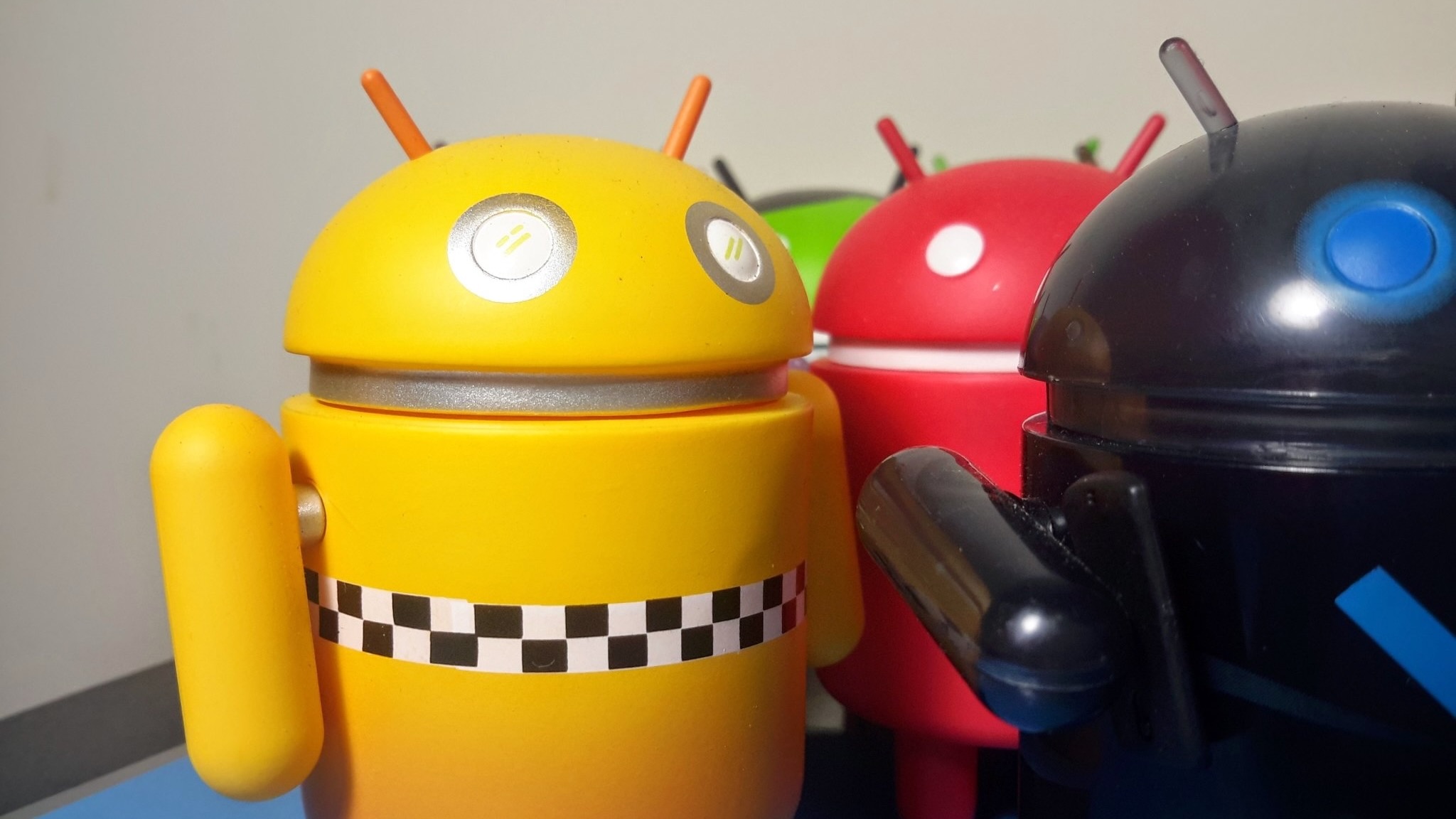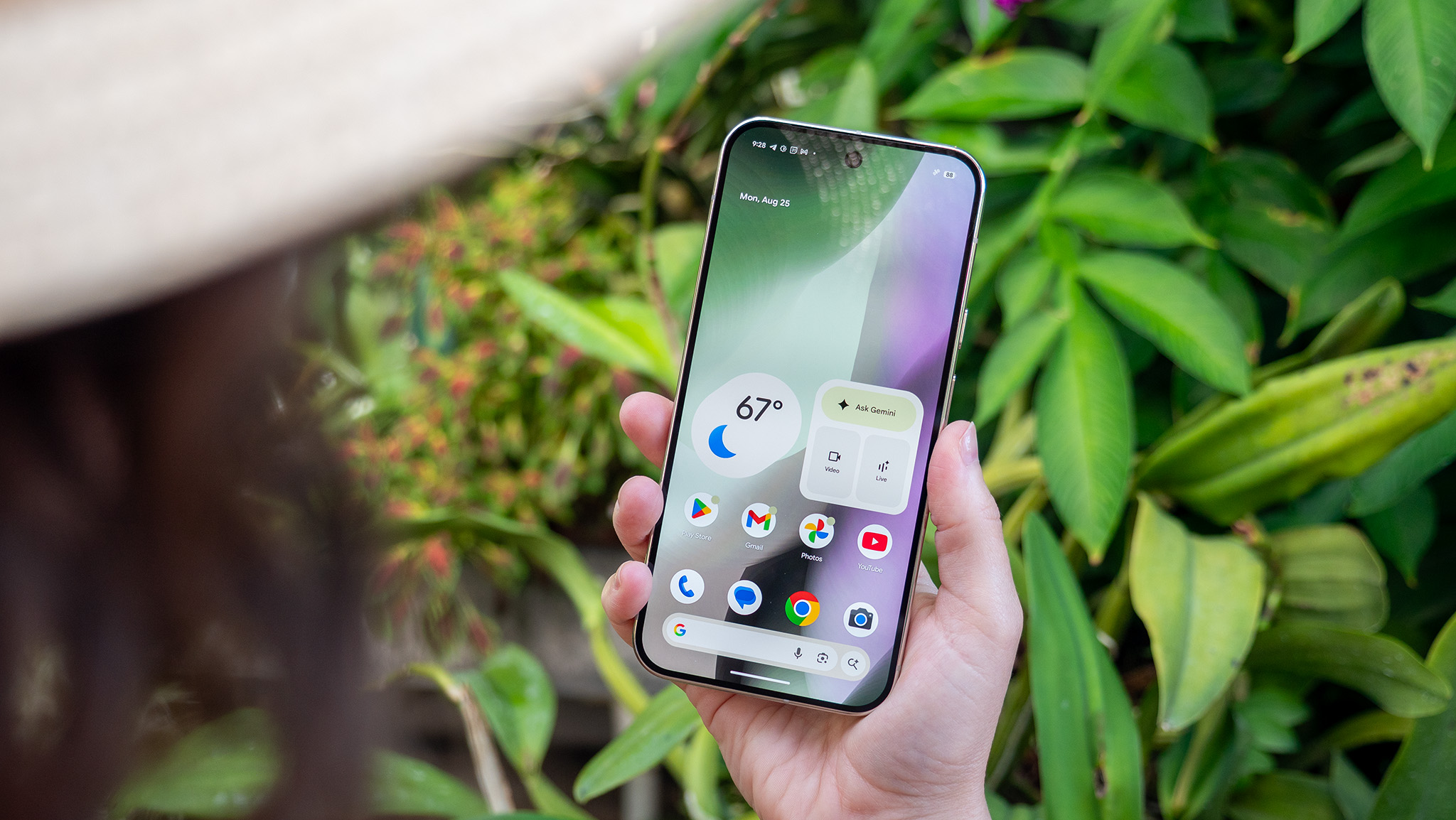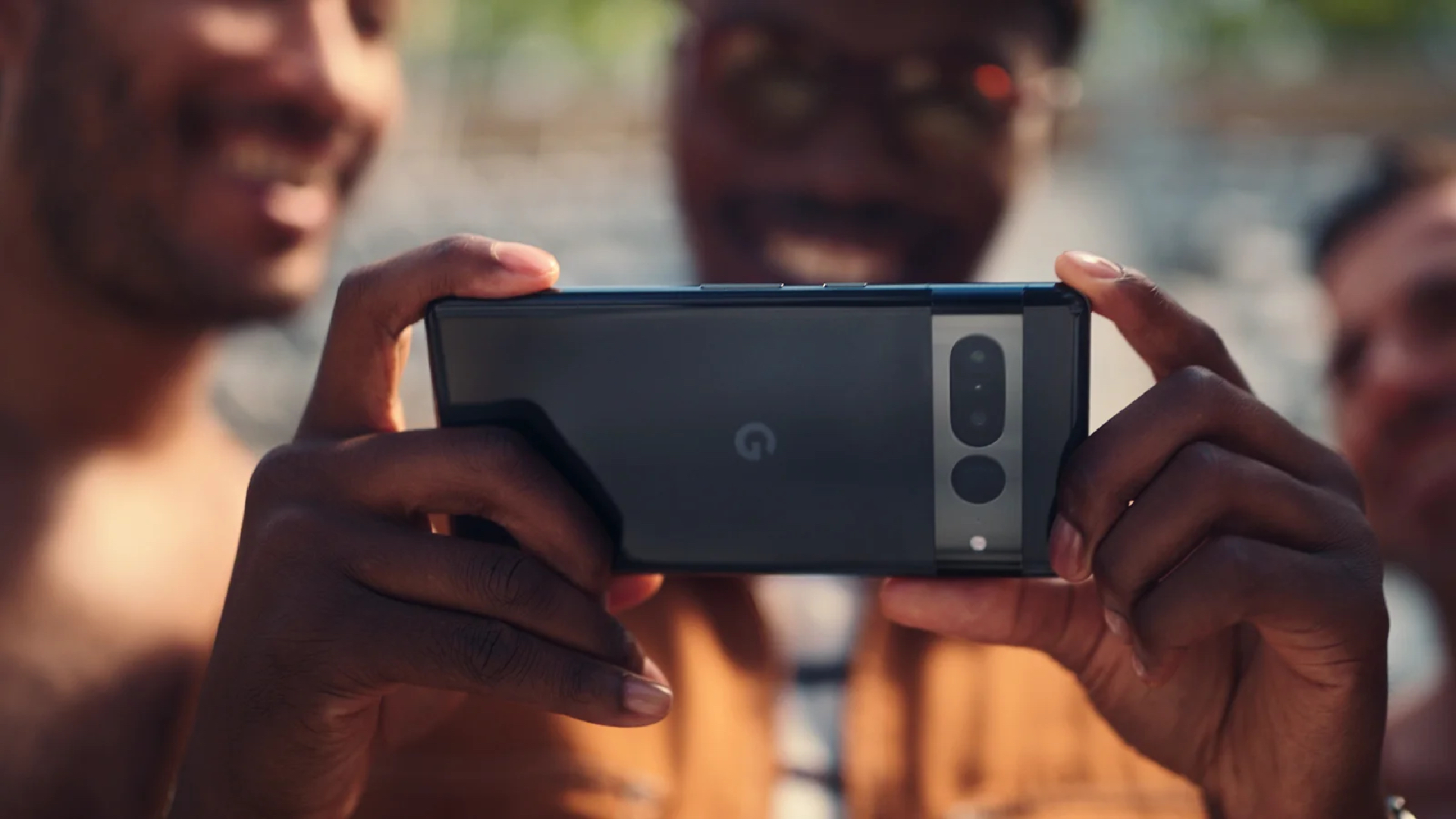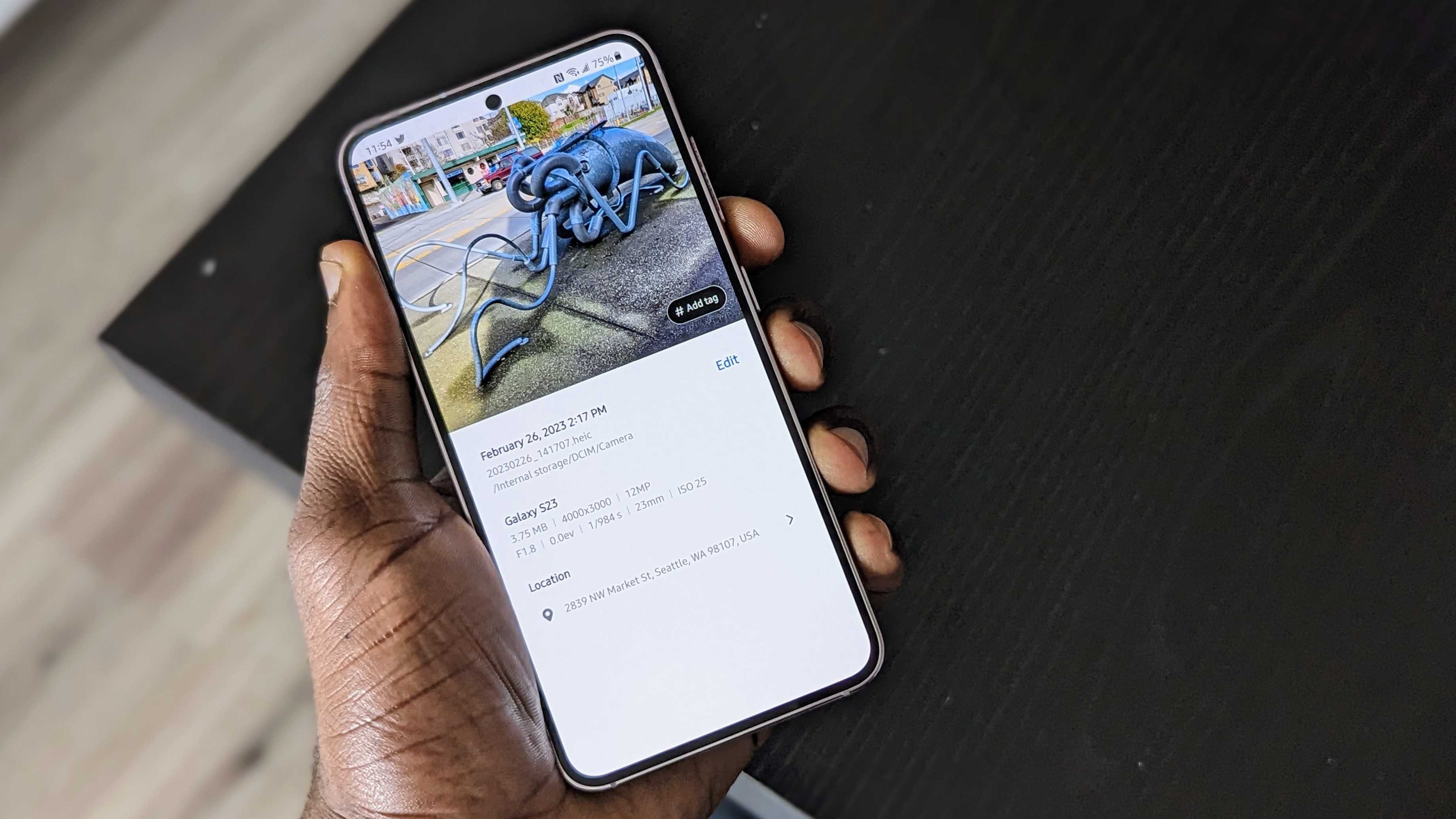You're using AI more than you realize: Here's how it powers your everyday tasks

Enjoy our content? Make sure to set Android Central as a preferred source in Google Search, and find out why you should so that you can stay up-to-date on the latest news, reviews, features, and more.

One of the web's longest-running tech columns, Android & Chill is your Saturday discussion of Android, Google, and all things tech.
AI is often a fatigue-inducing buzzword, used by too many people on too many presentation stages to tell us why whatever they're trying to sell is better than the rest. There's no getting away from that for the time being, but even if you ignore everything you're told and never open any of those fancy tools, you're still using AI for plenty of the tasks you do every day.
Look at your phone. Is it turned on? Then you're using AI.
AI can power almost anything

I've written a lot of words about what I like to call the "gimmicky AI" that powers the tools and services becoming so common. Some of it is really good, some isn't, but it's there for everyone who wants it, and it mostly stays out of the way if you don't.
Not all AI is that way, and your phone (or tablet or watch) thrives on it. The most basic things are partially powered by AI now, and for the most part, it's made everything better. Without it, a lot of what we consider normal wouldn't be possible.
Some of it's super geeky and nothing most people are interested in. Predictive AI can interface with the kernel powering your phone (think of this as the brains of it all) through custom APIs to aid in allocation of resources and scheduling, but once Android starts running, you're almost on an AI-driven autopilot.

Your phone uses AI to connect to a network. Wi-Fi, Bluetooth, 5G, you name it; AI handles a good bit of the connection and data transfer on both your device and whatever network or other device you're connecting to. Network optimization can be handled on the fly using predictive algorithms, allowing for better, faster connections.
AI powers the apps you use, the services they need to work, the battery that powers them, and how secure it is once thrown together. Google Play Services, the toolkit that enables most phones to run most apps, features a neat utility called LiteRT within Google Play Services. It lets developers easily integrate AI into apps without having to bundle an entire library inside their app and then keep it up to date.
Get the latest news from Android Central, your trusted companion in the world of Android
Google uses AI to power Google Play Protect, which scans the apps uploaded to the Google Play Store to ensure they're not breaking the rules or trying anything shady.
The Play Store and your device work in tandem, so a "smart" system can keep your apps (and Play Services itself) up-to-date with critical functional and security patches.
When you've got your apps and go to use them, the battery and power management system uses AI to try and make things run as well as they can, as long as they can, based on what it's "learned" from the way you use your phone.

AI lets your phone perform as well as it can. Machine Learning manages system resources, making sure the right processor is doing the right things for optimal performance. Algorithms even predict when and how you'll perform a specific task and pre-allocate the right resources at the right time, so it goes off without a hitch.
AI helps you use your phone to communicate. Autocorrect on your keyboard, visual voicemail, spam detection, and voice-to-text (and vice versa) are all powered by an AI component so that they can better recognize what's correct versus what's not and offer an improved experience.
Finally, and maybe most importantly, AI monitors your phone for threatening behavior, offering better security. A lot is going on behind the screen you're looking at. It could be easy to sneak something through if the system wasn't watching for everything and anything. Active threat detection means it doesn't need to know what it's seeing to know something bad is happening, and can put a stop to it.
One more thing

This is the AI that's happening whether you like it or not, because it's required for a modern version of Android and most operating systems. Really, it mostly does a great job at it. If the phone you use today seems better than the phone you had five years ago, AI is a big part of the reason why.
There's also one more AI-dependent thing you probably do a lot of and never think about: use your camera.
I don't mean generative AI tricks and tools, either. Without AI, your phone can not turn what the camera lens sees into a photograph you can save. Hardware makers use AI at the most basic level to balance color data and light levels for each individual pixel of information. The camera software inside your device is essentially a sophisticated AI-Picasso that has been trained to take a set of numbers and transform them into a photo.
Low-light photos, moving photos, and taking pictures of kids or dogs running fast are all made possible by AI, which decides what you think will look good. On your phone, the camera system is simply running and capturing light. It takes "smart" software to determine which parts are what you want to see.
Even if you never ever open Gemini, ask Google Search a question, or use software to make funny meme pictures, you're constantly using AI to do most everything else.
Now, we just have a fancier label for all those machine smarts. It fits well, so it's good to use it. It works well, so it's good to see it in place. Without it, we might as well use two cans and a string.

Jerry is an amateur woodworker and struggling shade tree mechanic. There's nothing he can't take apart, but many things he can't reassemble. You'll find him writing and speaking his loud opinion on Android Central and occasionally on Threads.
You must confirm your public display name before commenting
Please logout and then login again, you will then be prompted to enter your display name.
